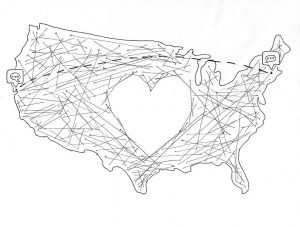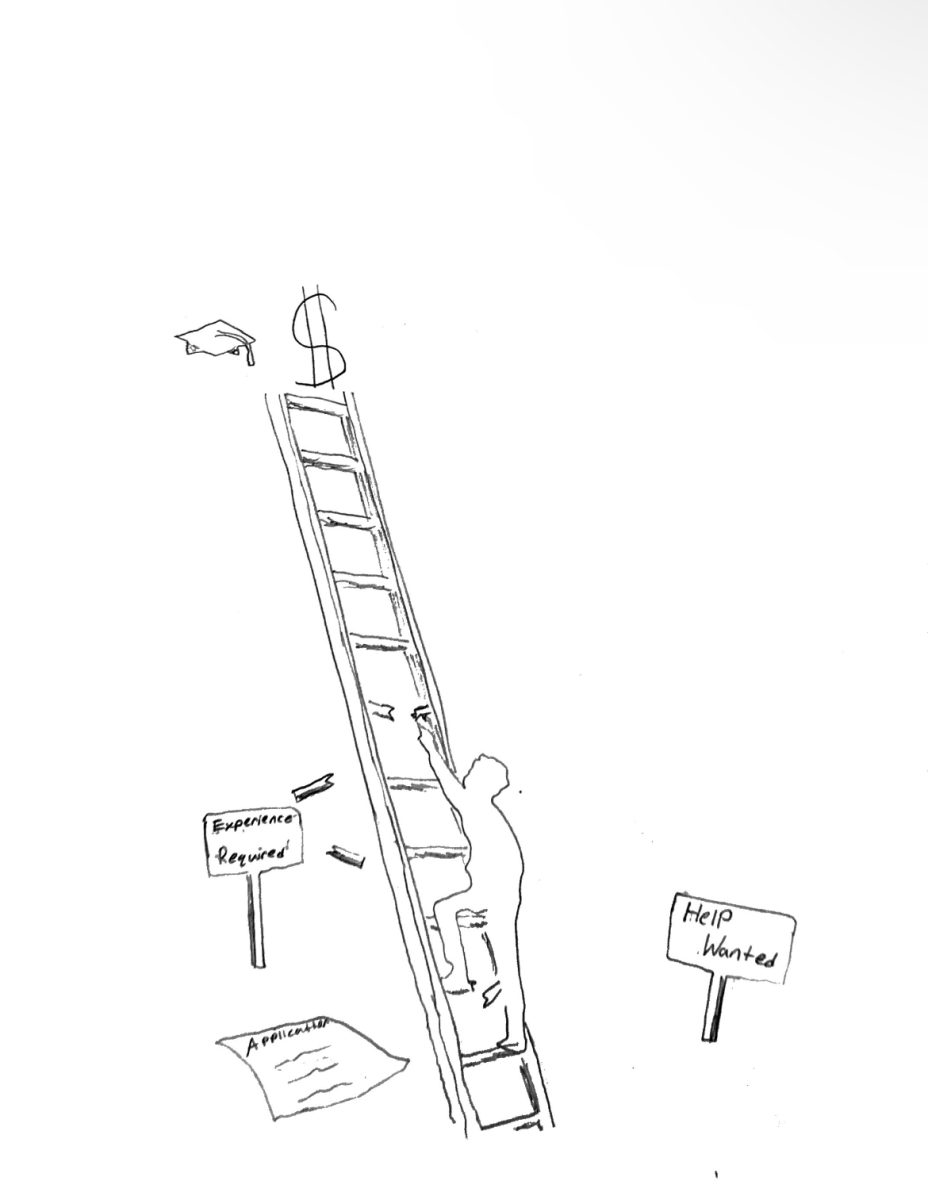In seventh grade, I got an Instagram. In eighth grade, I got a Facebook and in ninth grade I got a Vine. Like many of my peers, I use my social media accounts to stay in contact with my friends and family, local and otherwise.
It’s easy to point out the negatives in social media. In many ways, our generation has a culture of overposting and over-documenting our lives. In a time of followers, likes, and friends, it can be hard to put down our phones and computers and truly live in the present.

However, there is a positive side to social media, which is rarely discussed. Because social media allows us to connect with people all over the globe, we can offer better support to loved ones and those in need. In the wake of the attacks in France, popular social media companies used creative outlets to show their support. Snapchat created a ‘filter’ that can cover photos with a picture of the French flag and a slogan showing support for the city, and Facebook released a program that covers profile pictures in the French flag for the same reason. Though showing our support through social media may seem impersonal, in a time of need and hurt, any love and support matters to those affected.
The use of social media for good doesn’t stop there. In the summer of 2014, amid Instagram posts about vacations and Facebook posts about summer homework, there was a new trend―the ALS ice bucket challenge. The challenge was simple―all you had to do was pour a bucket of ice water over your head and then film it and upload it to your preferred social media platform. From there, people “challenged” two or three friends, who had to either post a similar video or donate a suggested $100 to ALS research within 24 hours. The challenge gained immense popularity, with 2.4 million tagged videos posted, and celebrities joining the trend. It’s estimated that the challenge raised about $10 million dollars. Without social media promoting the challenge, not as much money would have been raised for ALS.
Besides being used to support and unite in support of a global cause, social media can also be used for more personal positive reasons. The summer before my freshman year, I moved to Marin from Massachusetts, leaving behind childhood friends. Because of apps like Instagram and Snapchat, however, I have been able to keep in very close contact with my childhood best friend. It is great to have someone to talk to about my daily life who lacks a bias. I am able to talk to her without worrying about how her personal opinion may affect her advice, because she is far enough away from the situation. I am also lucky enough to be able to see her around once a year. Not only that, I have been able to connect with and keep in contact with many friends and child acquaintances.
Without social media websites and apps, I would have no idea that my eighth grade classmate was pregnant and that my old neighbor decided which college to attend. Though some may argue that knowing these details about people from whom I had grown apart is a waste of time, I tend to disagree because it brings back a sense of nostalgia and memories from my childhood. This is especially helpful because when I moved, I didn’t just leave behind my classmates, but also my mom. I am able to see her three or four times a year, but my relationship with her would be much more strained without technology. Though we email, text, and talk frequently, we would not be able to connect in the same way that we can with social media, as I mainly keep my mom in my thoughts through looking at social media accounts of my childhood friends.
Social media appeals to my sense of nostalgia, which helps when I am having a bad day or missing my mom. I am able to get a better look at how my close friends and family are living.
Though we need to know when to unplug from our devices and enjoy the present, social media connects us to far-away friends and strangers who need our support.






